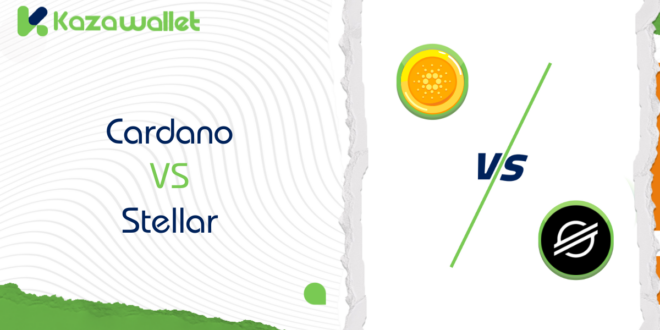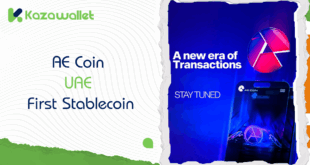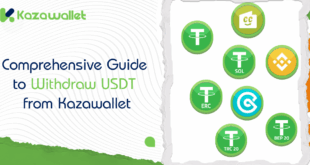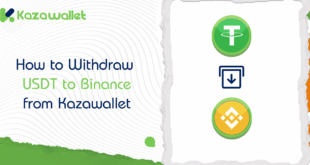When we discuss cryptocurrencies, we tend to talk about figures and market fluctuations. But the reality is that each digital currency also exists with a story and a mission behind it that differentiates it from all else.
Here, Cardano and Stellar are examples of how tools and visions may vary, albeit in the same domain.
Cardano is looking to create a sophisticated technical system to enable digital innovation, whereas Stellar is concentrating on creating functional solutions to make day-to-day financial transactions easier for people and organizations.
In this piece, we will try to decipher these differences so that we understand what sets Cardano vs Stellar apart and in what way each one can contribute uniquely to the fintech sector.
What is Stellar?

We’ll begin with Stellar (XLM), founded in 2014 by Jed McCaleb, who co-founded Ripple. Stellar is not an alternate cryptocurrency; it is a complete payment network intended to enable cheap and fast cross-border money transfers.
Stellar’s main mission is to offer accessible financial services, particularly to people who don’t have accounts at banks or who find it hard to access mainstream financial services.
Stellar is an intermediary for various currencies, which implies that it facilitates an exchange between currencies by easily and efficiently exchanging one currency for another.
Using an example, if you are exchanging dollars for euros, Stellar’s network will identify the optimal path to do so with XLM, which is their home currency, being an intermediary.
It is this capability that renders Stellar such an effective application for organizations that require conducting international transactions on a day-to-day basis.
Bitcoin vs Stellar: Which is Better for Investment?
What is Cardano?

Conversely, we have Cardano (ADA), which is one of the most technically sophisticated cryptocurrencies.
Founded in 2017 by Charles Hoskinson, a co-founder of Ethereum, Cardano is an ambitious initiative that seeks to develop an all-encompassing environment that facilitates the use of smart contracts and decentralized applications (dApps).
What distinguishes Cardano from many of the other cryptocurrencies is that it employs a science-based approach to development.
Rather than using trial and error to move forward, like many of these other cryptocurrencies, Cardano bases development on peer-reviewed academic work by mathematicians and computer scientists.
This methodology renders Cardano theoretically more secure and stable, which is appealing to users and investors interested in state-of-the-art technology.
Cardano vs Solana: Which is Better for Investment?
Cardano vs Stellar: The Differences Between Cardano and Stellar

Although Cardano and Stellar share some similarities, they differ in several key aspects. Here’s the differences between Cardano and Stellar:
Primary Purpose
One of the differences between Cardano and Stellar lies in their primary goals. While Cardano seeks to build a comprehensive ecosystem supporting smart contracts and decentralized applications, Stellar focuses on facilitating international money transfers and promoting financial inclusion.
In other words, Cardano targets developers and technical projects, whereas Stellar caters to financial institutions and individuals in need of fast and efficient payment solutions.
Stability and Technology
Cardano surpasses Stellar in terms of technical stability due to its precise scientific methodology. It relies on the “Ouroboros” proof-of-stake mechanism, which is more energy-efficient compared to other consensus algorithms.
Stellar, on the other hand, uses its own consensus protocol, known as the “Stellar Consensus Protocol,” which is also fast and effective but less technically complex than what Cardano offers.
Supply and Usage
One of the differences between Cardano and Stellar is that Cardano has a limited number of coins (approximately 45 billion ADA), making it scarcer compared to Stellar, which has around 50 billion XLM.
Stellar’s large supply reflects its focus on facilitating money transfers rather than serving as a long-term investment.
In terms of usage, Cardano is primarily used for decentralized applications and smart contracts, while Stellar is mainly utilized for cash transfers and financial inclusion.
Decentralization
Cardano is considered more decentralized than Stellar. While Cardano relies on a distributed community of validators and developers, Stellar retains a higher degree of centralization through the non-profit Stellar Development Foundation.
This distinction makes Cardano more appealing to users seeking fully decentralized networks.
Adoption and Reach
In terms of adoption, Stellar has a significant advantage due to its partnerships with major companies like IBM and Deloitte, making it more prevalent in traditional financial sectors.
Cardano, however, is still in its growth phase but has been gaining significant momentum within the cryptocurrency community and technical projects.
Cost and Future Development
One of the differences between Cardano and Stellar is that Stellar transactions are cheaper and much faster than those on Cardano.
Additionally, Cardano has ambitious plans to continuously enhance its technology, while Stellar focuses on expanding its financial services.
Cardano vs Stellar: Risks Associated with Cardano and Stellar

Risks Associated with Cardano (ADA)
- Price Volatility: Like most cryptocurrencies, ADA’s price is influenced by market fluctuations caused by news or technological and economic developments.
- Scalability Challenges: Despite efforts to improve scalability, the network may struggle to handle large transaction volumes, potentially leading to slower execution or higher fees.
- Security: Although the proof-of-stake mechanism is efficient, the network is not entirely immune to attacks or security vulnerabilities.
- Regulation: A lack of regulatory clarity in some countries may hinder the use or global expansion of ADA.
Risks Associated with Stellar (XLM)
- Centralization: The Stellar Development Foundation’s ownership of a significant portion of XLM raises concerns about decentralization and exposes the network to centralized influence.
- Limited Nodes: The number of validators on the network is relatively small, and most are linked to the foundation, increasing the risk of manipulation or hacking.
- Small Development Team: The project’s reliance on a small team may slow down development and limit its ability to respond to challenges.
- Lack of Incentives: The absence of sufficient incentives to run nodes reduces the attractiveness of participating in the network.
- Regulatory Concerns: Similarities with XRP may expose Stellar to regulatory restrictions or legal actions.
- Transparency Issues: At times, the team’s responses to technical issues seem inadequate, raising questions about project management.
In Conclusion
Cryptocurrencies cannot be simplified to their function only as an investment vehicle or a payment method.
Each cryptocurrency has an underlying vision addressing certain issues or accomplishing certain objectives.
Whether you consider Cardano a platform to create an overall technical ecosystem or Stellar a useful means of enabling financial transactions across countries, your decision should be based on your own requirements and not popularity or expectations.
Rather, a stronger understanding of these alternatives necessitates looking deeper than what lies on the surface, since technology isn’t just about equipment—it demonstrates what ideas and values underlie it.
 Blog Kazawallet
Blog Kazawallet




